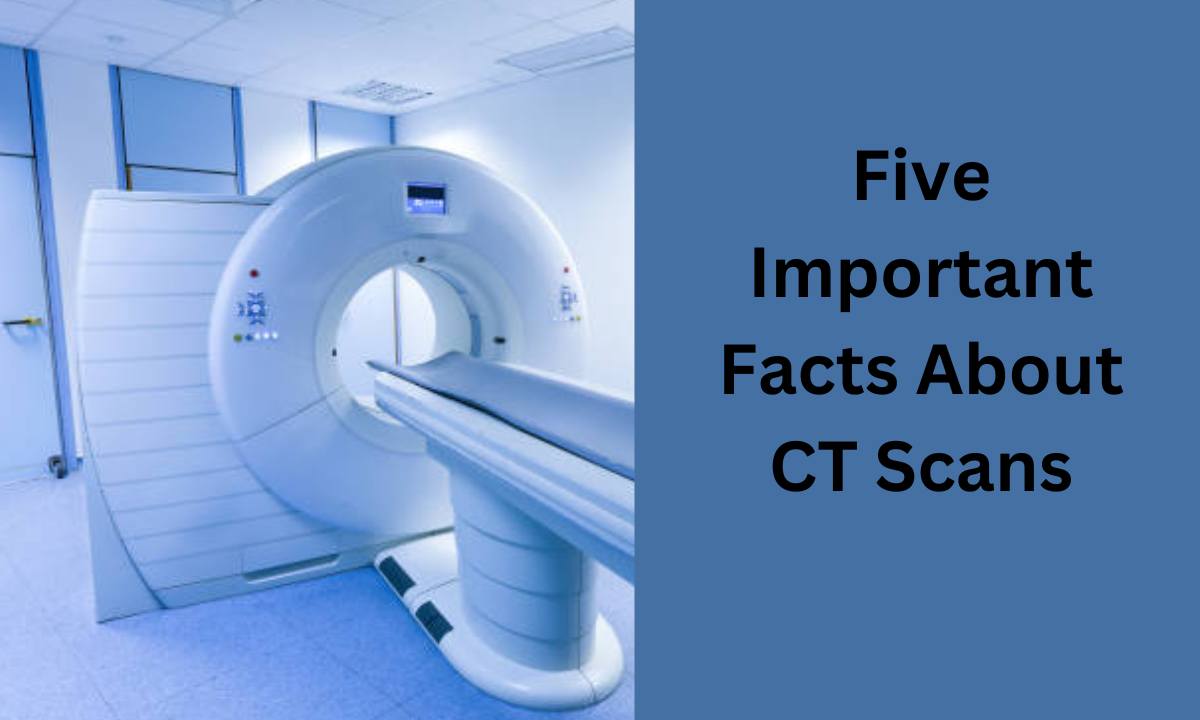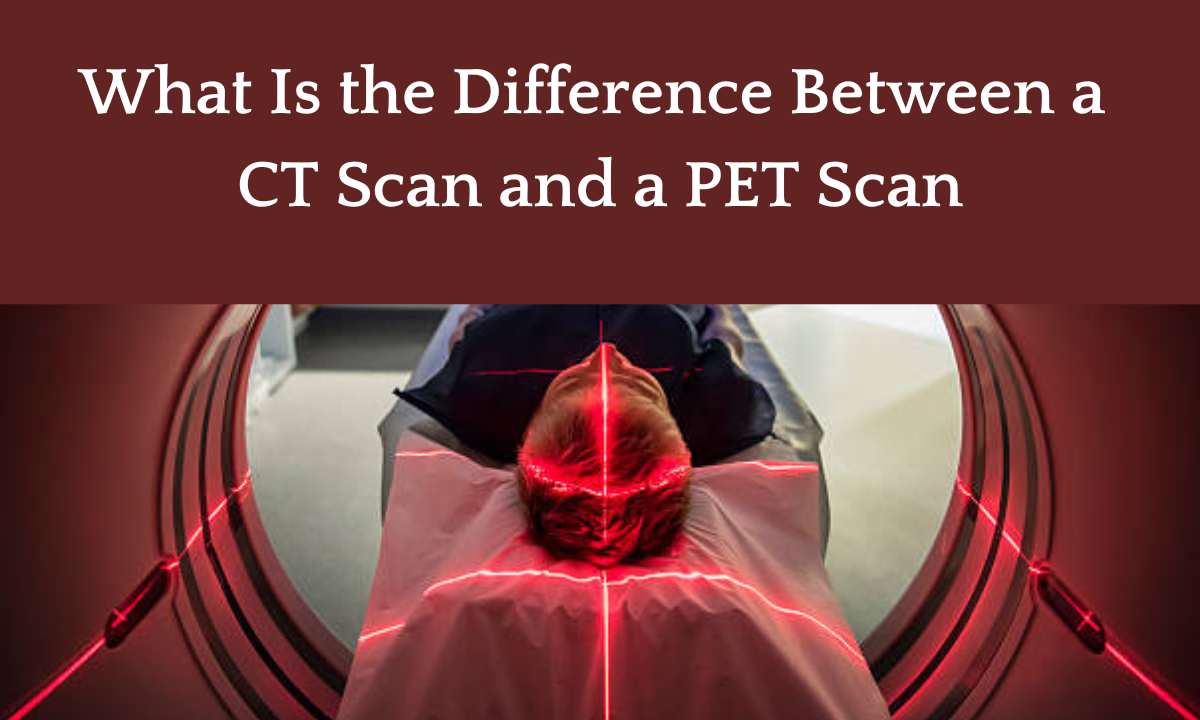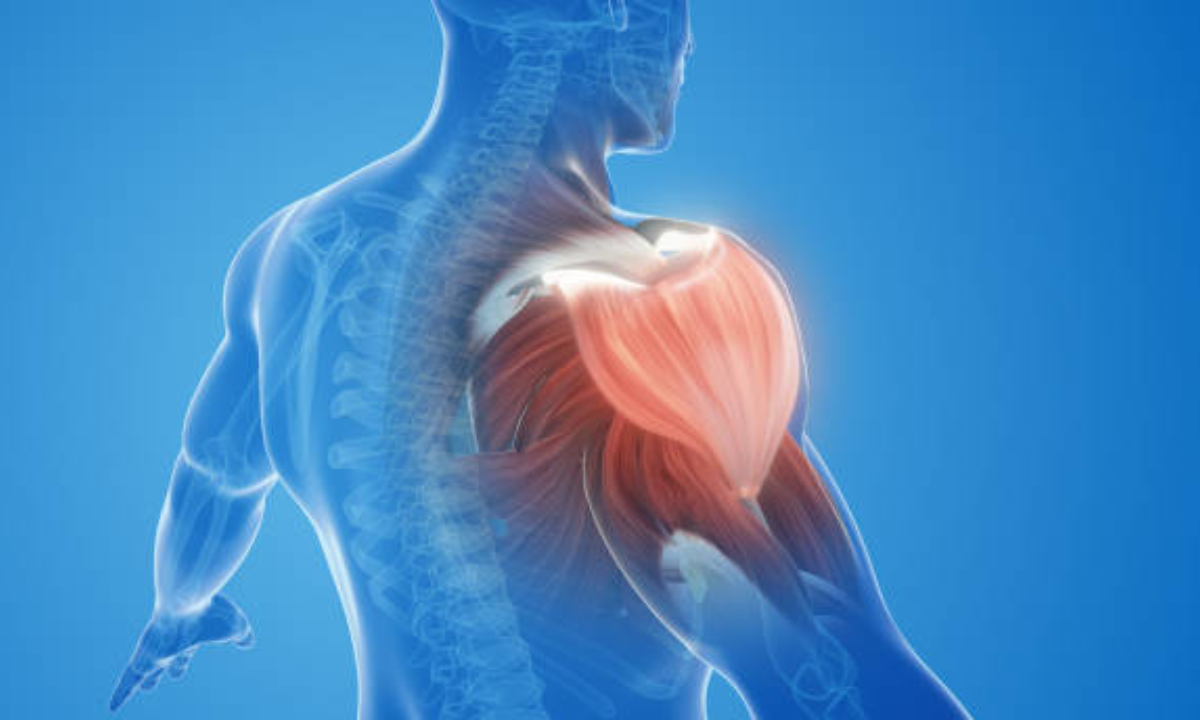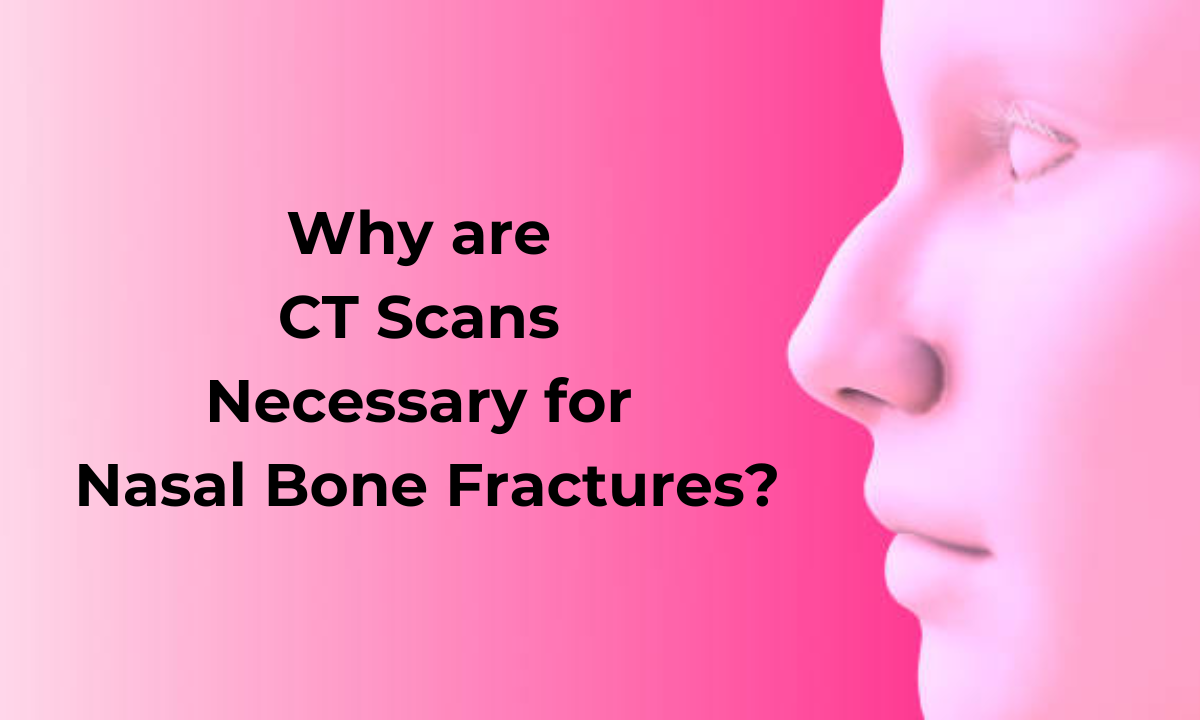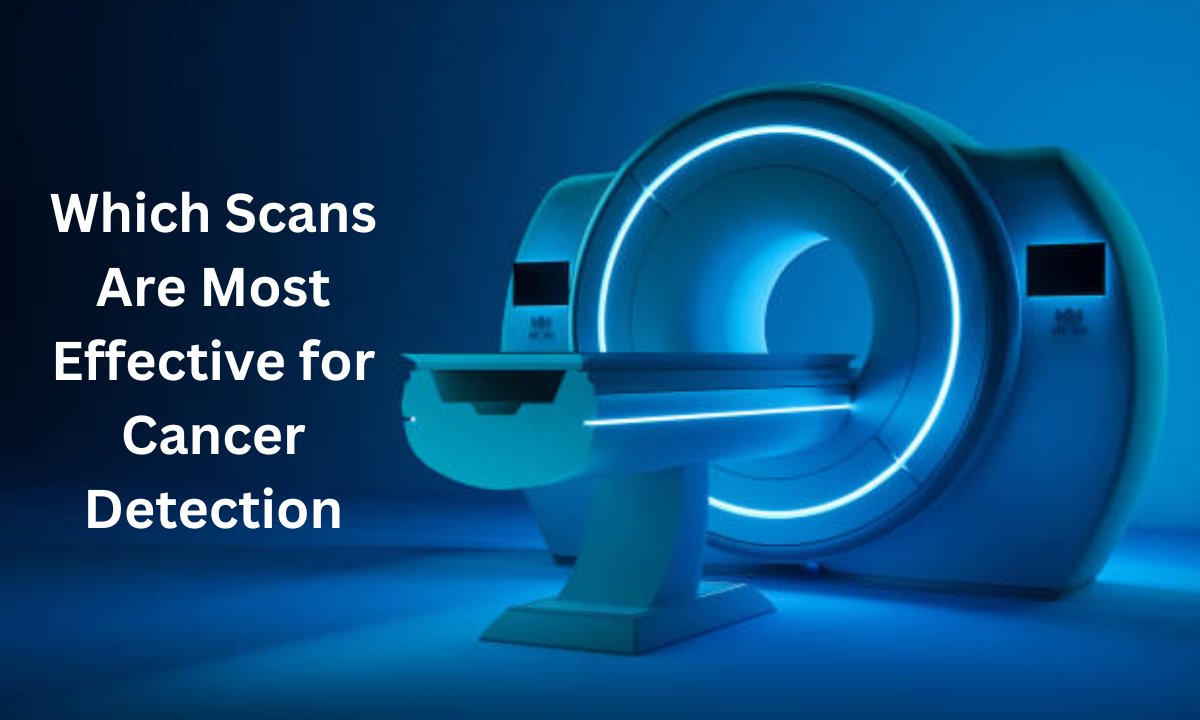An important test for assessing a stroke is a CT scan, sometimes referred to as a CT or CAT scan, which can detect anomalies in the brain brought on by conditions including inadequate blood flow (ischemic stroke), broken blood vessels (hemorrhage), or other problems.
Such cerebral CT scan, which is frequently done right away after a presumed stroke to look for bleeding around the brain or cell damage, uses X-rays to produce vivid pictures. A CT or CAT scan can help doctors diagnose a stroke quickly so that treatment can begin.
I have already covered CT scans in detail in our previous articles. Today, I will be taking you through a CT Scan to Diagnose Stroke. Here, you will learn and understand stroke detection, types of strokes, their symptoms, why to do a CT scan for stroke, & risks associated when someone gets a stroke.
So, let’s dive in:)
What is a CT Scan?
Though this topic is very clear to you in our previous blog, still I will talk about some basics of CT scans to give you a broader picture of stroke detection.
A series of X-ray images when taken from multiple angles and combined together through computer processing, it creates cross-sectional images of the organs. The technique is known as the CT Scan (Computer Tomography). As the table moves through the center hole of the machine, an X-ray tube rotates around the head and detects signals from multiple angles.
Afterward, the computer will merge this information to make images of the brain’s structures. Be aware that a CT scan is the ultimate tool for navigating stroke diagnosis.
Stroke Classifications
Strokes are medical emergencies that demand quick attention. Here is a brief overview of the types of strokes:
Transient ischemic attack (TIA), ischemic stroke, and hemorrhagic stroke are the three main forms of strokes. Temporarily obstructed blood flow to the brain causes TIAs, which include transient symptoms including blood clots.
An ischemic stroke occurs when a blood clot blocks blood flow into the central nervous system, which is frequently caused by coronary artery disease. This type of stroke can be embolic or thrombotic, and if a blood vessel ruptures, it can induce bleeding into tissues around it.
Why a CT Scan for a Stroke?
Due to its wide availability, low cost, and speed, a CT scan is usually the first imaging test performed when strokes are suspected. It can quickly provide evidence of bleeding or blockage in the brain that indicates a stroke. Specific CT findings that diagnose stroke include:
- Intracerebral hemorrhage– Bleeding within the brain tissue appears as pooled blood on CT images.
- Subarachnoid hemorrhage– Bleeding around the surface of the brain, in the subarachnoid space, is visible on a CT scan. Head trauma often causes this type of stroke.
- Ischemic stroke– A blood clot within a brain artery blocks blood flow and causes cell death, but this may not be directly seen on a CT scan. More subtle signs like swelling of the affected brain tissue can indicate an ischemic stroke.
- Brain tissue death– Areas of dead brain cells appear darker on CT due to the loss of blood flow. This will support in detecting stroke severity and affected areas of the brain.
In some cases, a CT scan may appear normal if a stroke is very early, small, or located in the bottom part of the brain. Further imaging like an MRI may be needed to confirm or rule out a stroke. However, CT is still the fastest way to get initial diagnostic information.
CT Angiography Scan
CT angiography (CTA) offers more detailed vascular images by injecting an iodine-rich contrast dye into the bloodstream during the scan. The contrast material makes the arteries and veins stand out on the CT images. CTA can identify blood clots, head trauma, or other circulatory disorders that underlie strokes. It is often performed in conjunction with a regular CT when strokes are suspected.
CT Perfusion Scanning
It involves the injection of a contrast agent and repeated rapid CT scanning as the material passes through the cerebral blood vessels. Advanced software analyzes the perfusion data to generate color-coded maps indicating blood flow levels in brain tissue.
Stroke Signs & Symptoms
If I have to jot down stroke symptoms then one may experience unexpected sensations of numbness, arm weakness, inability to speak, and disorientation in the face, arm, or leg are the early indications of a stroke.
Walking problems, hypertension, lightheadedness, and intense headaches are common symptoms. If a stroke is suspected, it is imperative to act swiftly and contact emergency services.
These are common signs to identify stroke to take a quick call for required treatment.
Risk Factors Involved In Stroke
Several risk factors are mentioned by healthcare centers and institutes as being responsible for 80% to 90% of strokes. Some of these are listed below:
- High blood pressure, smoking, diabetes, high cholesterol, not exercising, being obese, vestibule fibrillary, coronary artery disease, peripheral artery disease, and sleep interval are all common risk factors.
- Age, gender, race, and family history are other risk factors. Young individuals and men have a higher risk of stroke than women over the age of 55, men, African Americans, and Asian Americans do.
CT Scan Role in Treating Stroke
In addition to diagnosis, CT is invaluable for guiding urgent stroke treatment decisions in the emergency setting:
- Distinguishing hemorrhagic versus ischemic strokes determines whether clot-busting pharmaceutical drugs should be administered.
- Identifying the degree of irreversible infarction guides decisions about mechanical ablation to extract clots.
- CT angiography influences the selection of endovascular treatments targeting specific occluded vessels.
- Follow-up CT helps evaluate the effectiveness of treatment and monitor for post-treatment complications.
To Sum Up
A CT scan is like an emergency brain X-ray that can rapidly identify signs of stroke.
Recognizing the signs, and differentiation of stroke and getting medical help right away can significantly improve outcomes. A CT scan is one of the first tests performed to start the process of limiting brain damage and initiating appropriate care.
With stroke, time lost is brain lost, so rapid diagnosis through CT scanning is critical. Currently, CT already provides a fast, readily available, and flexible imaging tool that has become an essential component of stroke centers and protocols worldwide.
KIRAN NUCLEAR MEDICINE & PET/CT CENTRE provides different verticals of services followed by the latest scan technology with 100% accuracy and high image quality in Bangalore. You can book your scan appointment at 70902 70904.


